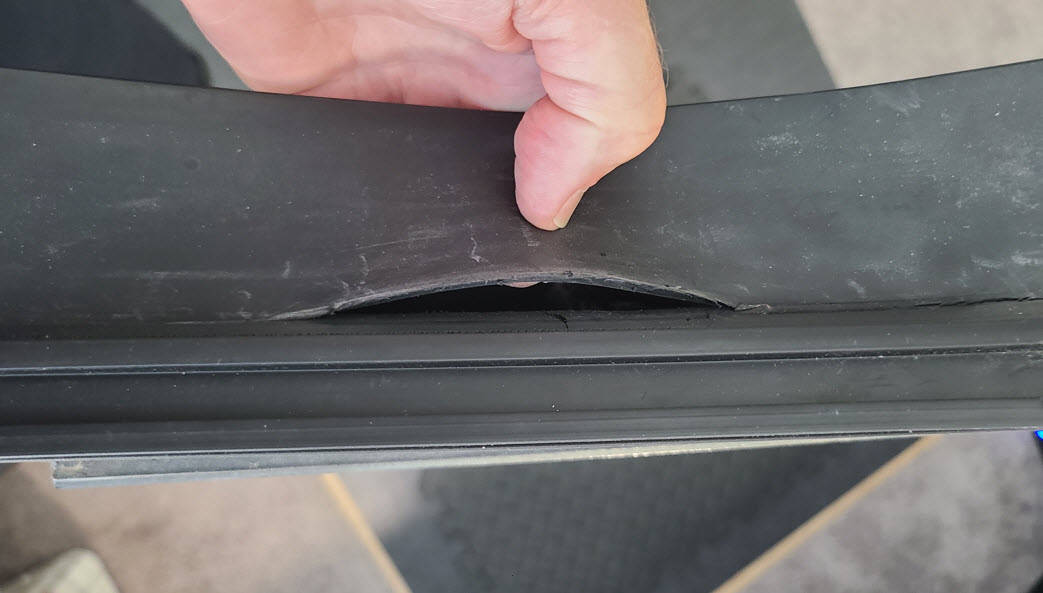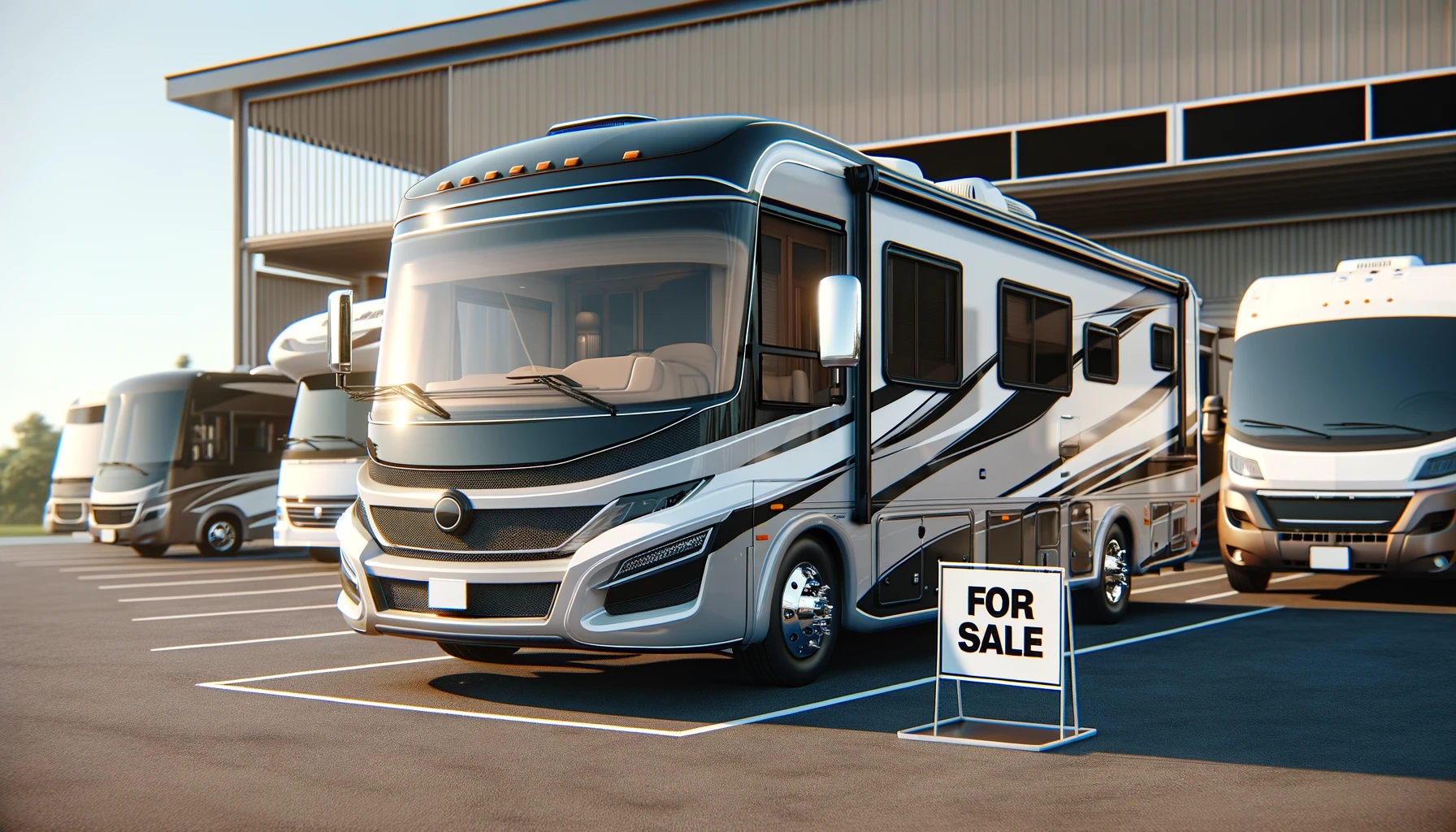Are you wondering how important it is to hook up a travel camper to your tow vehicle? Worry no more because this is a question that lingers in many people’s minds who have once towed or are planning to. However, if you are not concerned about the same, you should be.
It is vital to have your trailer on level whenever you are towing. Although keeping the trailer level is not an essential safety factor, it is crucial to take necessary measures to level an un-level trailer before hitting the road.
An un-level trailer can cause dangerous and expensive repercussions, swaying and poor handling, and effects of wear and tear to everyone using it on the road.
If you have seen a rig with drastically unlevel trailers on the road, you will agree it does not look good. Apart from the unappealing look, there are other reasons to keep your trailer level. In this article, we will look at the effects of an unlevel trailer, and most importantly, how to keep your trailer as level as possible.
Why should a travel trailer be level prior to towing?
Various factors determine the level of your trailer, so it depends on the setup. Despite the type of trailer you have, it is imperative to keep it perfectly level.
The following are the key reasons why any trailer on the road should be kept level.
Ground clearance
Ground clearance is critical for people who might encounter large dips on the road or anyone who might go off-road with their trailer.
The un-level trailer can be compromised according to its level of ground clearance. If there is too high upfront, the rear part of the trailer will most probably scrape or drag on the uneven ground.
On the other side, a low tongue can cause the trailer to ground out on its jack when going through bumps or dips in the road.
Stability
While an un-level trailer causes high instability on its own, it also has tremendous effects on other issues you might be experiencing. If you have loaded your trailer improperly or if it has a mechanical problem, a slight tilt can make the existing instability even worse.
The most common reasons for trailer accidents come from trailer sway. It is, therefore, crucial to have a level trailer to achieve a safe and secure towing experience.
Aerodynamics
A level trailer will not only have more stability and ground clearance, but it will also be more aerodynamic as opposed to an un-level trailer.
Mostly, manufacturers design their trailers while considering level towing. They make sure that when the trailer is level, the profile and all that is attached to the side and top of the trailer is dynamically stable.
Towing your trailer un-level causes these elements to be less aerodynamic. The front of the trailer will not only be hitting the wind wrongly but also the moving air on top of the trailer becomes turbulent and unsettled.
In return, this will affect vehicle performance and gas mileage besides making the trailer unstable. A level trailer allows air to glide over the trailer’s top smoothly.
In conclusion, it is imperative to have a level trailer as you start your trip. In the next section, we will look at the different trailer types and how to make your trailer level.
How various types of trailers are affected
Single-Axle trailers
If you have a single-axle trailer, to a greater extent, it will not matter that your trailer is level. However, that does not mean you shouldn’t try your best to make it level.
If the trailer is slightly off for some reason, you may not have as much trouble as you’d be when using either a double or triple axle trailer. That is because there is no second axle that’s being affected by the un-leveled trailer.
Many sources advise people that if they cannot achieve a perfectly level trailer ride to make it slightly higher at the tongue side.
The reason is, it is safer and easier to add weight to the trailer’s front to compensate and get it back to level. If weight is added to the rear, it can cause the weight in the tongue to lighten making the trailer sway.
To achieve a safer ride, some sources advocate for a lower front end. Since there are many factors to consider, the exact recommendation will depend on the type of trailer set up.
Therefore, it is highly recommended to always go for a perfectly level trailer. If you consider such, you do not have to worry about calculating the perfect tilt.
Double or Triple Axle trailers
A double or triple axle trailer is more sensitive to being un-level because it places extra weight on one axle and lightens the load on the other.
If the trailer is not level, either the front or the rear tires will be carrying more weight than the other. More weight on the axle causes its tires to wear out quickly besides giving rise to other problems.
If you apply little weight to the rear axle it will affect your handling and braking performance. On the other hand, little weight on the front axle makes your trailer sway.
These two scenarios if not considered can result in serious problems such as a road accident.
How to make a trailer level
Many specialists suggest that if your trailer is at least 1 inch off level, you should take the necessary steps to correct it. Do not be worried about how to level your trailer because there are easy and cheap ways to achieve that.
In order to make the trailer level upon mounting it to your vehicle, you have to find the right hitch rise or drop. After you have determined the right drop or rise number, you should buy a hitch that matches your needs. Follow the following steps when looking for the correct hitch for your rig.
Measure your receiver height: get the distance between the ground and the top of the receiver tube.
Measure the coupler height: Before taking the measurement, level the trailer on the jack hand then record the measurement from the ground to the end of the coupler. Take the difference between the coupler height and receiver height.
After you have computed the values, a negative number signifies how much drop is required while a positive value shows how much rise you need.
If you get a significant drop after hooking up to your trailer, you should factor in squatting in your evaluation. If the hitch drops for 2 inches after mounting, you have to subtract 2 inches from the measurement in step 1. For self-leveling vehicles, there is no need to account for squat if any.
There are several excellent leveling jacks on the market you can use to level your camper once you have arrived at your destination. You can check out this article I wrote Which Camper Jack To Buy.
Purchasing the right hitch
Upon establishing the right drop or rise, you can get the required hitch from any store that deals with trailer equipment. A riser hitch raises your mounting point while a drop hitch lowers the mounting point.
However, if you are towing multiple trailers with different drops and rises, an adjustable hitch offers the flexibility to raise and lower it to concur with your needs.
There are numerous options for adjustable hitches ranging from simple $30 units to big $300 hitches, which can measure the tongue weight for you.
Conclusion
You should always pay attention to how to level your trailer is. Also, understand your rig and take time to find out the most appropriate solution for your needs.
Despite the cost incurred, it will pay-off in the long run because you will be towing more conveniently and safely.
You may also want to be clear on the type of driver’s license you’ll need when towing or driving an RV. Check this article I wrote: “Do you need a CDL to drive an RV?”



